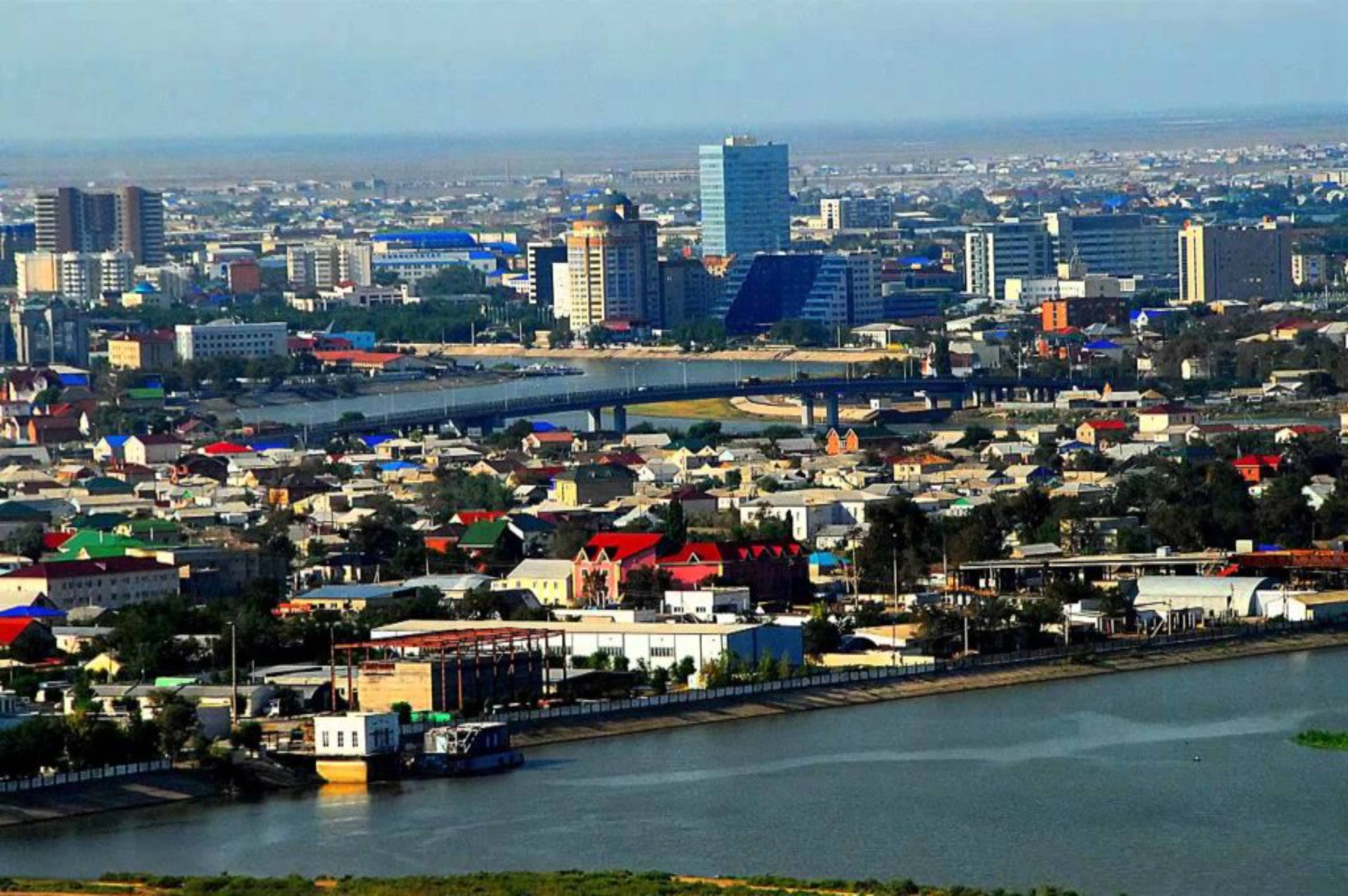
Rivers State is a state in the Niger Delta region of southern Nigeria. It was created on May 27, 1967, when it was split from the former Eastern Region. Rivers State borders Imo to the north, Abia and Akwa Ibom to the east, and Bayelsa and Delta to the west. It is the sixth-most populous state in Nigeria, with a population of over 5 million people. The capital of Rivers State is Port Harcourt, which is also the largest city in the state.
Rivers State is a major oil-producing state in Nigeria. The state’s economy is heavily dependent on the oil industry, and it is one of the richest states in Nigeria. However, the oil industry has also had a negative impact on the environment, and the state has been plagued by pollution and environmental degradation.
Rivers State is a diverse state with a rich culture and history. The state is home to many ethnic groups, including the Igbo, Ikwerre, Ogoni, Ogba, Ekpeye, and Ijaw. The state is also home to many different languages, and there are over 28 indigenous languages spoken in Rivers State.
Rivers State is a beautiful state with a lot to offer visitors. The state is home to many natural attractions, including the Ogoniland rainforest, the Bonny River, and the Calabar River. The state is also home to many historical sites, including the Port Harcourt Museum and the Afam Power Station.
Rivers State is a vibrant and exciting state with a lot to offer visitors. If you are looking for a place to experience the natural beauty of Nigeria, the rich culture of the Niger Delta, or the excitement of the oil industry, then Rivers State is the place for you.
Here are some additional facts about Rivers State:
* The official language of Rivers State is English.
* The currency of Rivers State is the Nigerian naira.
* The climate of Rivers State is tropical.
* The major religions in Rivers State are Christianity and Islam.
* The major exports of Rivers State are oil, gas, and palm oil.
* The major tourist attractions in Rivers State are the Ogoniland rainforest, the Bonny River, and the Calabar River.